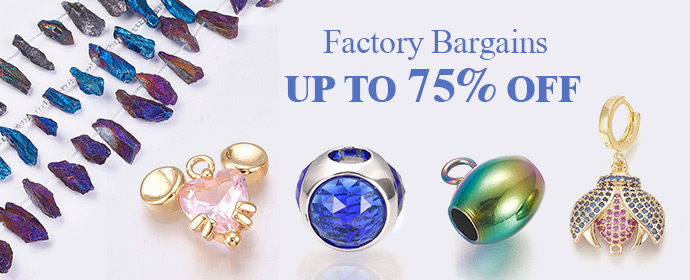For centuries gem enthusiasts have adored rubies and spinels. Their vibrant red gemstones tend to capture the attention and admiration of all. Given their great similarity in colors, it is easy to confuse one for another. However, even with their great resemblance, these two gems differ in some characteristics. If you are someone interested in understanding the natural ruby stone price or simply want to buy a natural ruby stone, understanding the key differences between ruby and spinel is crucial.
1. Composition and Hardness
Ruby and spinel’s differences extend to their compositions as well. Ruby stone includes a corundum mineral variety and red hue because of the chromium element. On the flip side, spinel is made out of magnesium aluminum oxide and iron or chromium trace amounts. They are responsible for its red color.
In the case of hardness, ruby can rank as high as nine on the Mohs scale, which places it second to diamonds. Spinel on the other hand ranges from 7.5 to 8. This makes spinel softer than rubies. When set as jewelry picks, the difference in their hardness can affect their longevity and durability.
2. Color and Transparency
Rubies and spinel share an attribute of possessing deep shades of red, though their degree of color varies. The ruby stone is often darker in color with a red tone that is deeper than other stones and is sometimes termed as “pigeon blood red”. A noteworthy characteristic on the higher end rubies is that they are vividly saturated in color. On the other hand, spinel usually has a more transparent red tone that is less saturated and at times manifests with orange or pinkish undertones with it.
Rubies can also have natural “silk” inclusions within them, which can make them appear somewhat blurry. In contrast to rubies, spinel is normally more transparent and has a higher degree of clarity.\

Image Resource: Navratan Gemstone
3. Light Reflection and Fluorescence
A great way to tell the difference between these gemstones is by how they react to ultraviolet (UV) light. Rubies undergo strong fluorescence when exposed to UV light, glowing red with a shade of pink or deep red. Unlike rubies, spinel does not have such a vibrant response and looks duller while exposed to UV light.
4. Cost and Scarcity
Buying a Natural Ruby stone is far greater than that of spinel due to its scarcity, and its high demand in the market. Rubies of the finest quality, particularly ones that are deep red and have low inclusions, can sell for thousands of dollars, with decent quality rubies fetching much lower. On the other hand, spinel is much more reasonable in price, which makes it a staple for those who appreciate red gemstones but do not want to spend a lot of money.
Final Thoughts
Although ruby and spinel bear a close likeness to each other, differences in their composition, hardness, color, fluorescence, and even pricing make them unique. When purchasing natural rubies, make sure that a trusted seller is used to ensure quality and authenticity.
Recommend0 recommendationsPublished in Uncategorized



